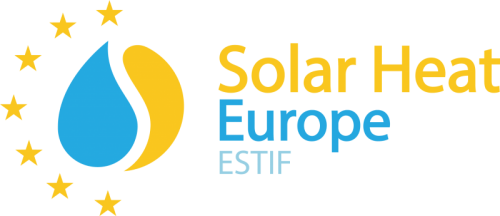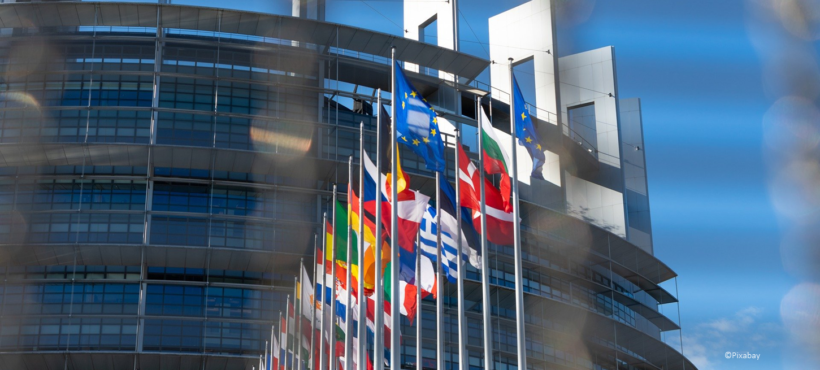What it is & Recent Developments:
In order to meet the EU’s climate and energy targets for 2030, it is vital that both public and private investments are directed towards sustainable activities. To create certainty for investors and ensure that the markets have the same interpretation of sustainability, the European Commission created a common classification system that clearly defines what counts as “sustainable activities” known as the “EU Taxonomy”.
This classification system establishes a list of environmentally sustainable activities to create security for investors to help them scale up investment in climate-friendly technologies. It revolves around six environmental objectives: Climate change mitigation, climate change adaptation, sustainable use and protection of marine resources, transition to a circular economy, pollution prevention and control, protection and restoration of biodiversity.
On the 2nd of February 2022, the Commission approved a highly controversial delegated act that would include natural gas and nuclear energy in the list of “sustainable activities”. This inclusion was most likely a result of pressure from coal-dependent Member States such as Poland, and nuclear-dependent ones such as France and Finland.
Nuclear energy and natural gas are bound by strict criteria in the revised EU Taxonomy, for example, the production of heating and cooling from fossil gas in district heating is considered green if it produces emissions below 270g CO2/KWh, and the thermal energy cannot be efficiently replaced by renewables for the same capacity. Despite these criteria, the Commission has been highly criticized by experts, NGOs, and the Member States. Several experts have argued that limiting the CO2/KWh to more than 100g would go against the objectives of the Paris Agreement, while the Member States such as Austria and Luxembourg have already warned that they will sue the Commission if they include natural gas. If approved, these new sustainability rules are expected to apply from the 1st of January 2023 onwards.
Solar Heat Europe’s Response:
Solar Heat Europe has been following the process proactively and when it comes to direct consequences for the solar thermal sector, there have been several exchanges between the association and the Commission during the previous year and 2020, which led to Annex I and II of the Taxonomy Regulation to be changed and recognise the role of solar thermal technologies as contributors to sustainability.
Regarding the inclusion of nuclear and gas, following a meeting with Solar Heat Europe’s Board of Directors, SHE sent a letter with recommendations to the Commission’s advisors on the EU Taxonomy, the Platform on Sustainable Finance:
- Nuclear energy does not comply with the “do no significant harm principle” of the Union and should not be classified as a sustainable activity.
- We warn on the increase in the value of CO2/KWh as it risks locking in investments in non-renewable energies.
- Encourage the Commission to redirect investments towards renewable energy sources such as solar heat.


Leave a Reply